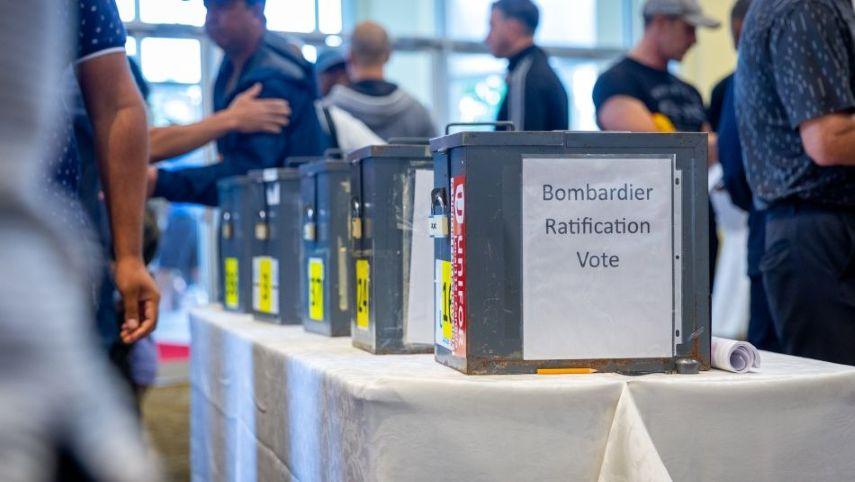
Bombardier employees represented by the Canadian Unifor union ended a strike in July 2024.
Credit: Unifor
U.S. President Donald Trump’s on-again, off-again tariff threats are roiling an aerospace labor force that only recently achieved a measure of stability following successive strikes. “Right now, our members are feeling a lot of uncertainty,” says Peter Greenberg, international affairs director at...
Subscription Required
On-Again, Off-Again U.S. Tariffs Agitate Aerospace Workers is published in Aerospace Daily & Defense Report, an Aviation Week Intelligence Network (AWIN) Market Briefing and is included with your AWIN membership.
Already a member of AWIN or subscribe to Aerospace Daily & Defense Report through your company? Login with your existing email and password.
Not a member? Learn how you can access the market intelligence and data you need to stay abreast of what's happening in the aerospace and defense community.


